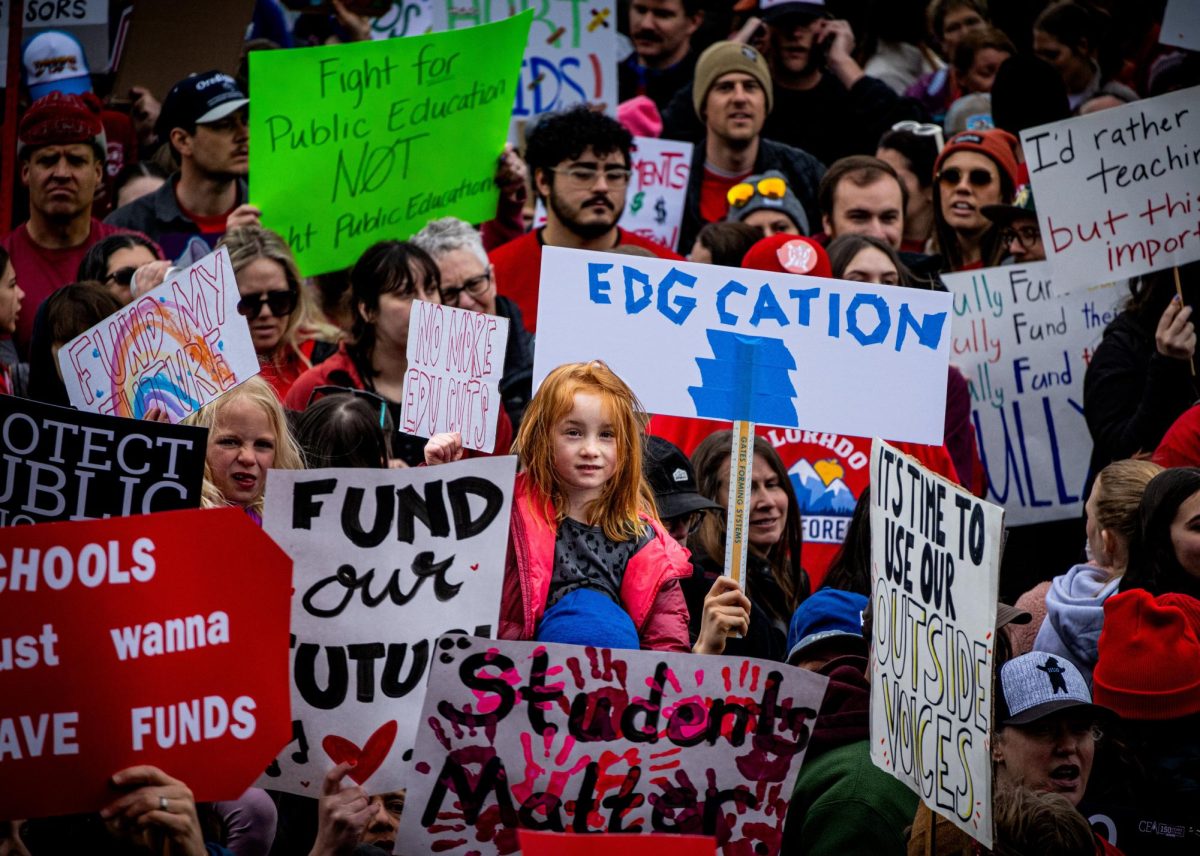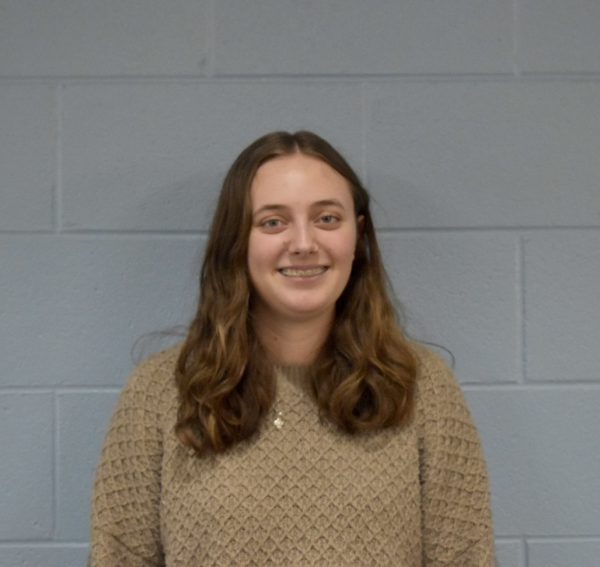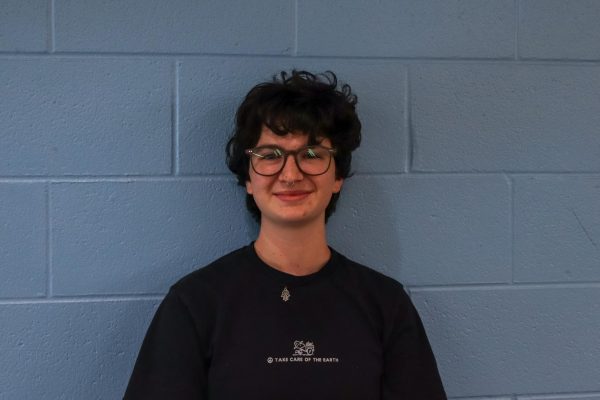“Hitler did not make the world, the world made Hitler.”
— Jack Adler
The Holocaust has made its mark in history, its infamy spreading across the globe as a case study in the nature of hatred: its easy spread, and its danger. A genocide that killed an estimated 11 million people (both Jewish, as well as members of the LGBTQ+ community, people with disabilities, Romani, people of color, and other marginalized groups), Adolf Hitler’s design for the Holocaust was the result of targeted hatred and mistrust of specific groups within society.
And, while the German leader was responsible for the enactment of the Holocaust, the prejudice that allowed for it to happen was not a novel concept created by Hitler. Rather, Hitler weaponized the generations old antisemitism and the hatred of other groups of society that he had inherited from the world around him, and amplified its presence to an extreme level.
This was the cornerstone of Jack Adler’s message to Centaurus’ Junior class on April 3, when Denver’s Mizel Museum came to present Adler’s story. A Holocaust survivor himself, Adler’s story provided important insight into the impact of the genocide. Adler, aged 95, was unable to present in person, yet his words rang clear through the crowd through the video interviews that were shown.
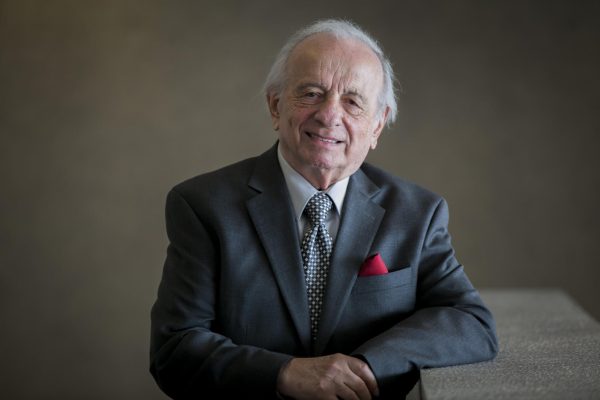
The story of Jack Adler
Adler was born in Pabianice, Poland in 1929. When he was only 10 years old, the Nazi regime invaded Poland, establishing ghettos, areas of the city designated for the Jewish community. Adler and his family would be forced to live in multiple ghettos throughout the war, moving from one to another as they were liquidated, before eventually being sent to concentration camps.
The antisemitism that defined Hitler’s Nazi regime was not new to Adler. Growing up, Adler recalled many instances of Jewish and non-Jewish kids getting along. Conflict still occurred, though, particularly in the times surrounding Christian holidays, such as Christmas or Easter. Then, Adler and other Jewish kids would be targeted with hate and aggression.
Adler explained that the ghettos were meant to isolate Jewish people while taking advantage of them as slave laborers. Adler was forced to manufacture straw shoes for German soldiers.
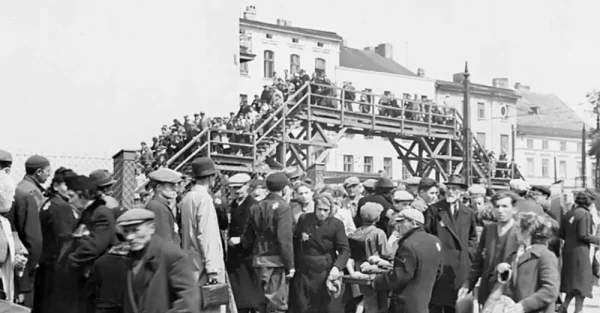
He remembered the strict rules and the poor, degrading conditions. Within the ghettos, people were put to work as slaves, completing labor intensive jobs. The food rations were so minimal the sick forced themselves to work where they would receive an extra meal. Everyone was just a moment away from death: while living in the Pabianice ghetto (1940-42), Adler’s grandfather, mother, and brother passed away from the harsh conditions and widespread starvation that characterized the camp. Later, on a night in the Lodz ghetto that Adler and his surviving family were sent to in 1942, the Nazis divided the group of Jewish people into two groups on a soccer field: Group A, composed of the old, the young, and the sick who were deemed as unfit for labor; and Group B, those who could still perform forced labor. Those in Group A were eliminated in concentration camps.
Adler’s little sister, Peska, was placed into Group A. When the Nazis called for volunteers to clean up the area, Adler volunteered, hoping for a chance to find her. The volunteers were given baby strollers to collect trash. Amazingly, Adler found his sister, hid her in the stroller, and smuggled her back to Group B. She survived for two more years before being whisked away to a concentration camp.
In September of 1944, when Adler was thirteen, the Lodz Ghetto was liquidated. Adler and his remaining family were crammed into a cattle car and transported over two days to the Auschwitz-Birkenau concentration and extermination camp. Upon arrival, SS officers divided the men and women, formed rows of five by five and marched them forward. Auschwitz prisoners came to collect their belongings. One whispered to Adler, “When you march look strong. Straighten up if you want to live.”
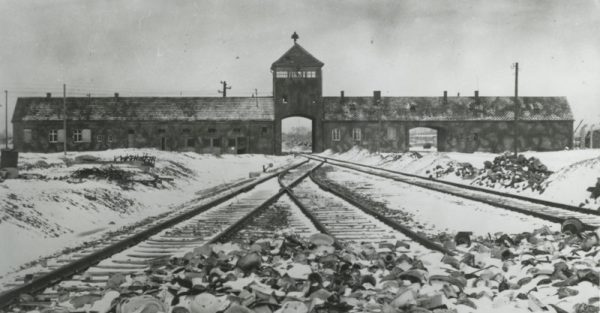
Dr. Josef Mengele—nicknamed “The Angel of Death”—stood at the front doing examinations and pointed left or right, determining who would live and who would die based on their perceived strength. Adler and his father were sent to the right— to labor. His younger sister was sent to the left, directly sent to the gas chambers.
Adler and his father spent about a week in Auschwitz-Birkenau, enduring daily selection processes. Then they were transferred to Kaufering, a subcamp of Dachau concentration camp located in Germany— one of the oldest and longest-running camps under Hitler. There, Adler and his father were separated. Adler was forced to do construction labor. Sometimes, as Adler marched to and from work, he would see his father and all they could do was wave to each other.
In April of 1945, with Allied forces approaching, Adler and about 7,000 other prisoners were forced on a brutal four-day death march to evacuate Dachau. SS officers executed and tortured many along the way. Adler would fall asleep next to others who would die during the night. Each night, he feared that he would not wake back up.
On May 1, 1945, sixteen year old Adler and the remaining 2,000 Dachau camp prisoners were liberated by the Colorado National Guard. Adler was the only survivor of his immediate family. His mother and brother died of starvation in the Pabianice ghetto. His sister Peska was murdered in Auschwitz-Birkenau, his other sister Ester was killed in Bergen-Belsen extermination camp, and his father passed shortly before liberation.
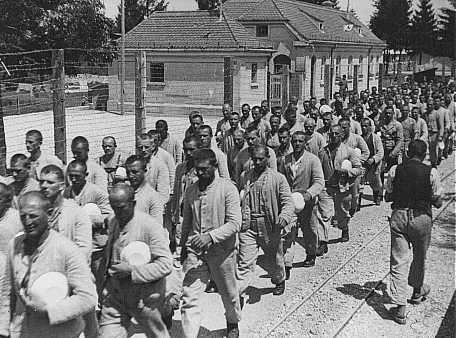
At liberation, Adler was seventeen years old and weighed 65 pounds. He spent three months recovering in a displaced persons hospital. Eventually, he was sent to the United States as a war orphan, where he lived with an amazing family. He learned English, attended school, and went to college.
Inspired by the compassion shown to him by the Colorado National Guard, Adler later joined the U.S Army. He went on to get married, had children and now has grandchildren. Today, Adler shares his story about the Holocaust and warns against the dangers of hate and discrimination.
Moving forward
Despite the many hardships Adler faced, he did not hold anger towards those that enacted cruelty against him. Rather, he discovered the power of sharing his story to inspire change.
Haley Reynolds, associate outreach and education manager with the Mizel Museum, presented Adler’s story. Following the talk, Reynolds further explained the importance of her role as an advocate for Holocaust survivors. She agreed with Adler, seeing the power in using her own personal voice to drive social justice by helping students begin to identify the influence of their own voices.

Through sharing the stories of those who are no longer able to, Reynolds is able to teach the younger generation about the Holocaust and the dangers of systemic prejudice.
Already, Reynolds has begun to see the cultural shift in conversations about the Holocaust: “[When] I was in high school,” she explained, “it was probably a chapter in a textbook. It wasn’t a huge component [of education], it wasn’t an opportunity for us to really dive into the global dynamics that were happening at the time.”
Now, schools are making a greater effort to examine events such as the Holocaust through the study of genocides. This year, BVSDs updated IKF policy, which explains the graduation requirements for high school students, now dictates that history credits must include Holocaust studies.
Within the current global political climate, genocides not unsimilar to the Holocaust continue to happen, and the prejudice that fueled the Nazi regime continues to exist. Reynolds noted that many Holocaust survivors agree that, “[antisemitism] is still present as much, if not more [than when Hitler was in power]”. Recognising that is an important first step in creating a world moving forward.
Building upon this, Reynolds recognized the importance of education in creating a safer and kinder world. There are many entities within everyday life, especially in the media everyone consumes each day, that dig for a reaction, one that is not always positive. She reiterated the importance of understanding information: “it’s always a good idea to check your sources […] and see how they’re actually stepping into the world of driving change as opposed to dividing. A lot of the stuff we’re seeing on social media is designed to divide, not designed to bring together.”
Lastly, Reynolds remarked on the importance of seeing “acute kindness” and building upon that rather than expounding upon hatred. Nothing is distinctly black and white, good and evil. Recognizing the goodness that lies within every person can grow a kinder and more forgiving world. Alder’s story, she noted, reminds that kindness exists everywhere: “The SS officer, even though he had blood on his hands, was feeding [Jack] extra food every day. So there’s a lot of opportunity for us to expand that and say, if you can do this for me, can you do this for other people, you know?”
So, in the face of continued distrust within society, it is important to remember the importance of using one’s voice, understanding the information that is spread, and recognizing the everyday goodness that exists all around. Spread the little acts of kindness upon which change can begin to build a better and more accepting world.







